To provide the best experiences, we use technologies like cookies to store and/or access device information. Consenting to these technologies will allow us to process data such as browsing behaviour or unique IDs on this site. Not consenting or withdrawing consent, may adversely affect certain features and functions.
The technical storage or access is strictly necessary for the legitimate purpose of enabling the use of a specific service explicitly requested by the subscriber or user, or for the sole purpose of carrying out the transmission of a communication over an electronic communications network.
The technical storage or access is necessary for the legitimate purpose of storing preferences that are not requested by the subscriber or user.
The technical storage or access that is used exclusively for statistical purposes.
The technical storage or access that is used exclusively for anonymous statistical purposes. Without a subpoena, voluntary compliance on the part of your Internet Service Provider, or additional records from a third party, information stored or retrieved for this purpose alone cannot usually be used to identify you.
The technical storage or access is required to create user profiles to send advertising, or to track the user on a website or across several websites for similar marketing purposes.
 Research published by Dell claims to highlight the issues related to office design holding back workers’ productivity and the impact this has on UK businesses. While classic gripes like office temperature and loud colleagues take the top spots, poorly designed or implemented technology is having a negative impact on employees – with out of date technology (29 percent), poor Wi-Fi (22 percent) and poorly integrated technology (19 percent) featuring in the top ten factors UK workers feel impact their office lives. (more…)
Research published by Dell claims to highlight the issues related to office design holding back workers’ productivity and the impact this has on UK businesses. While classic gripes like office temperature and loud colleagues take the top spots, poorly designed or implemented technology is having a negative impact on employees – with out of date technology (29 percent), poor Wi-Fi (22 percent) and poorly integrated technology (19 percent) featuring in the top ten factors UK workers feel impact their office lives. (more…)





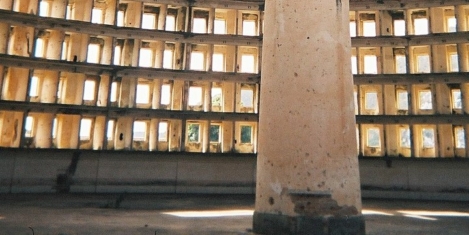
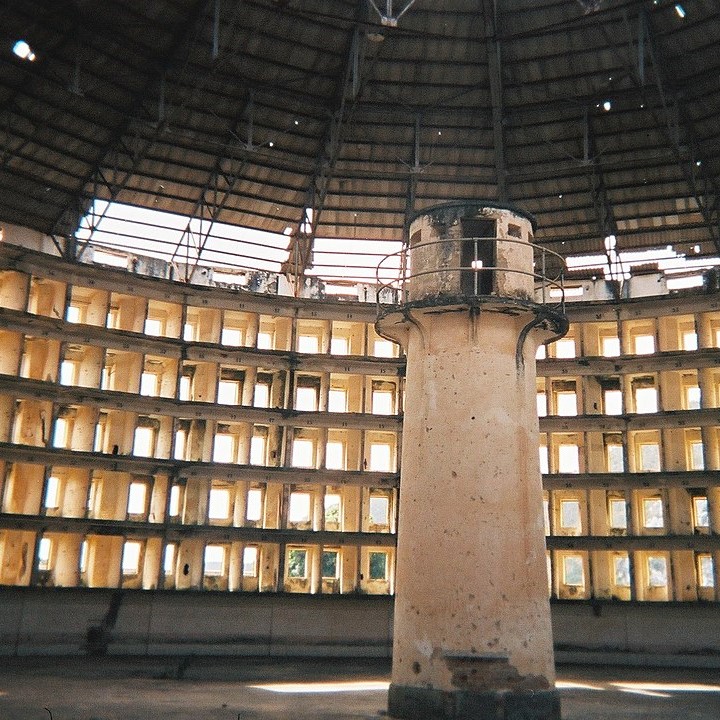 For decades the trend among workplaces has seen employees moving out of individual offices and into open plan spaces. This has not always been successful, with the open-plan approach
For decades the trend among workplaces has seen employees moving out of individual offices and into open plan spaces. This has not always been successful, with the open-plan approach 

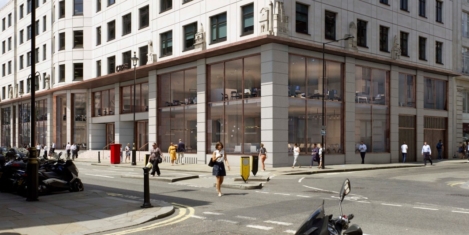
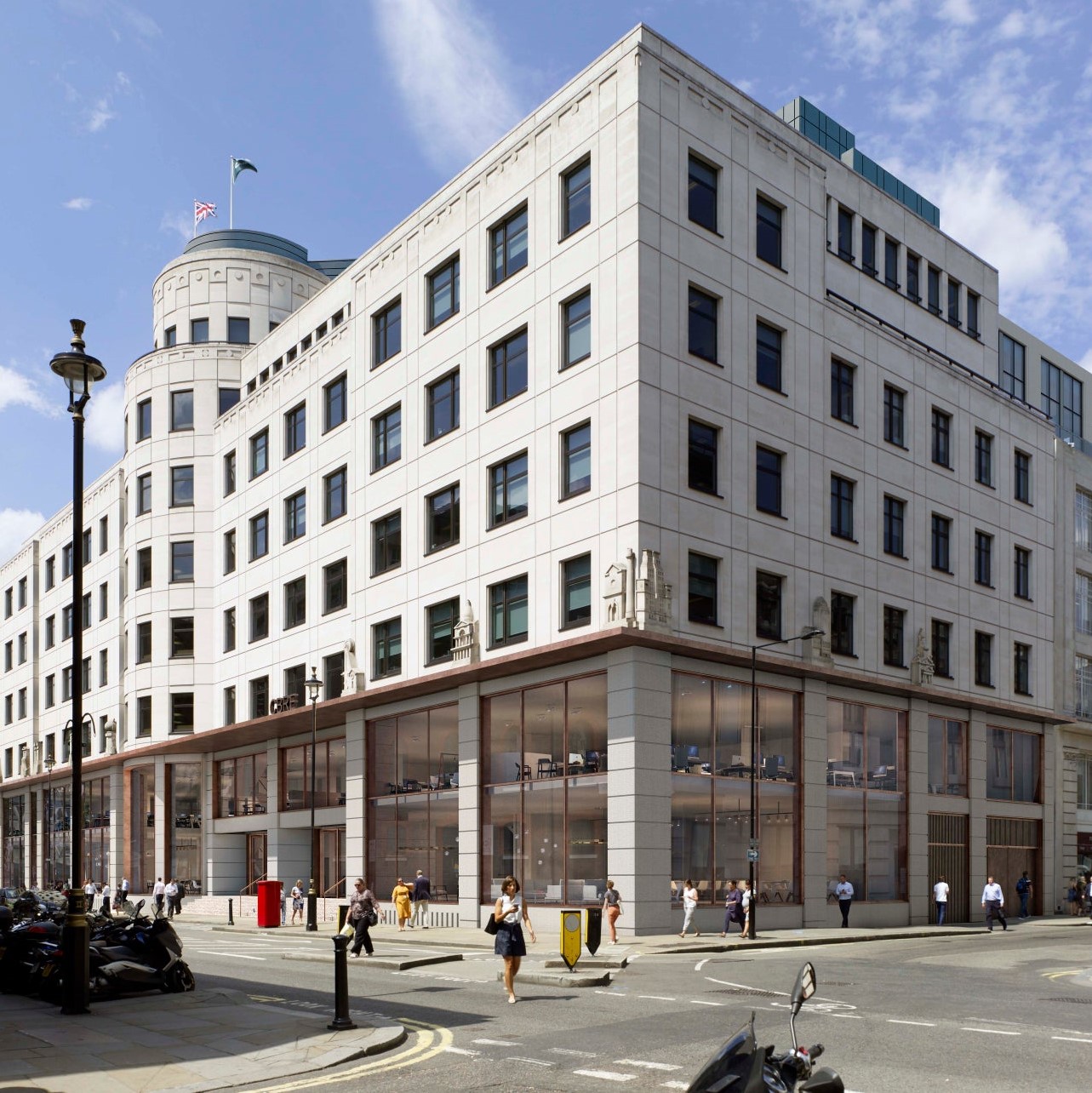 Hong Kong Central and London’s West End held onto their top spots in a ranking of the most expensive office market locations in the world at $322 and $220.70 per sq. ft. per year respectively according to the latest
Hong Kong Central and London’s West End held onto their top spots in a ranking of the most expensive office market locations in the world at $322 and $220.70 per sq. ft. per year respectively according to the latest 

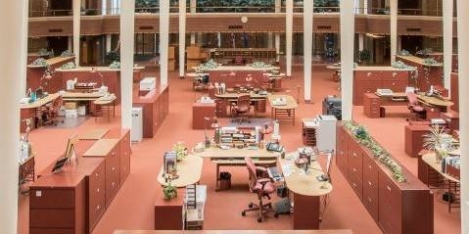
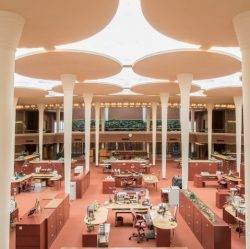
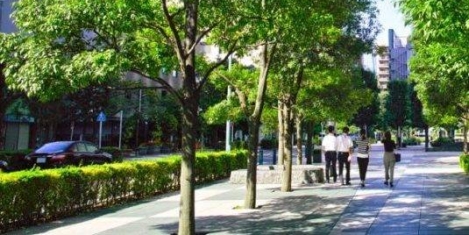
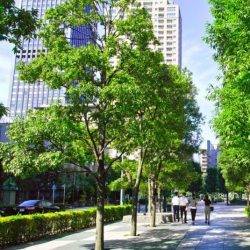 Research commissioned to mark today’s World Environment Day claims employees expect their employers to commit to better environmental policies and sustainability, with three quarters of office workers (73 percent) wanting their workplace to improve its sustainability policy, and nearly a quarter (24 percent) claiming they would refuse a job at an organisation with a poor sustainability record.
Research commissioned to mark today’s World Environment Day claims employees expect their employers to commit to better environmental policies and sustainability, with three quarters of office workers (73 percent) wanting their workplace to improve its sustainability policy, and nearly a quarter (24 percent) claiming they would refuse a job at an organisation with a poor sustainability record.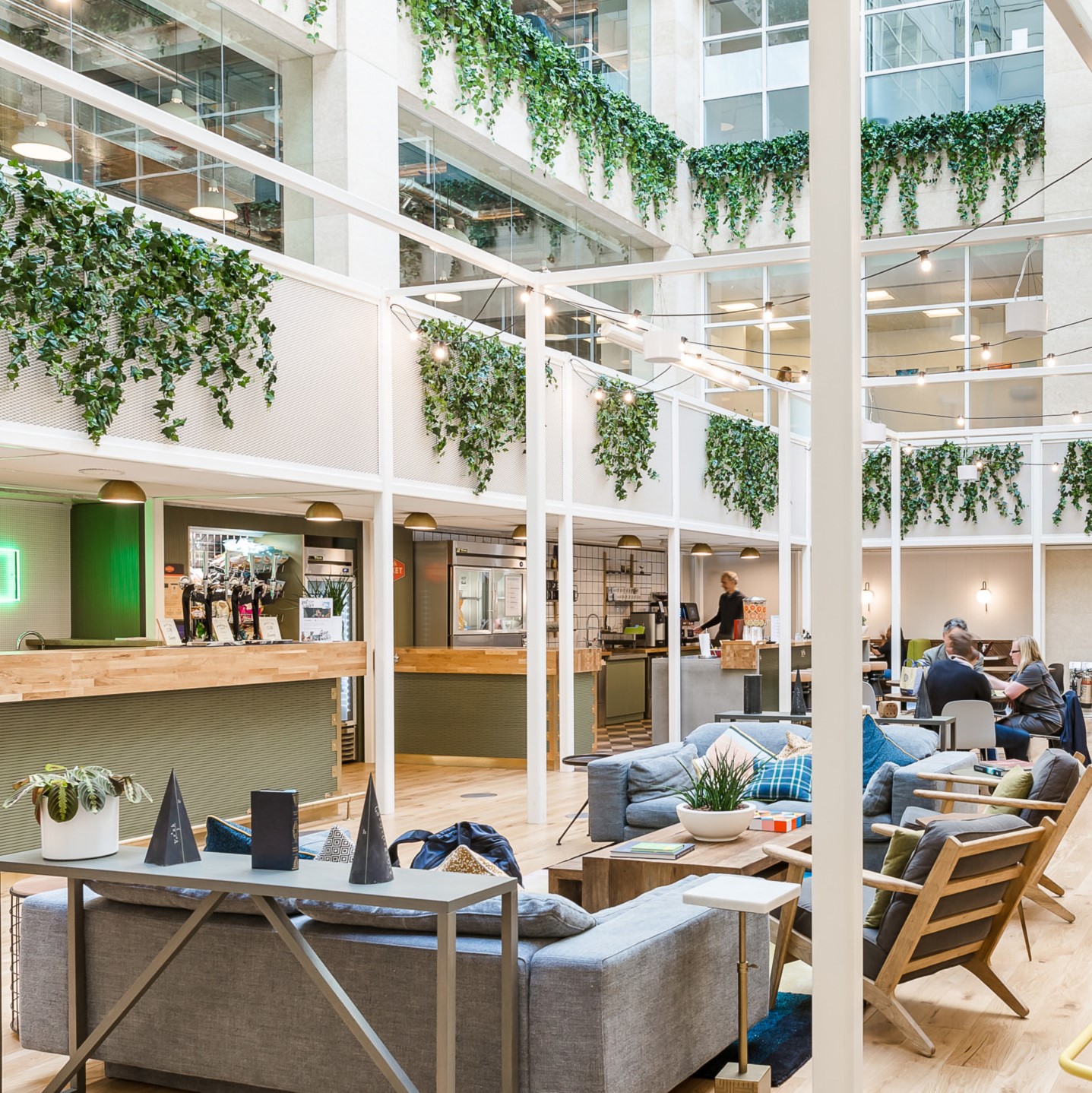
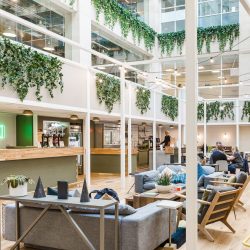
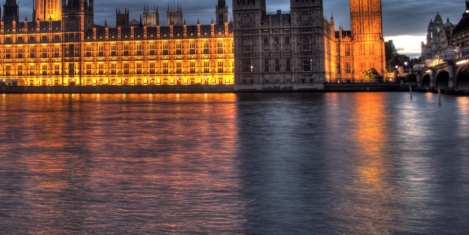
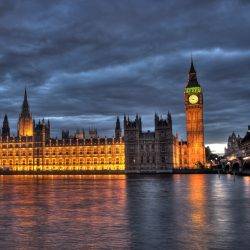










June 28, 2019
Office taxonomy and an increasingly diverse workplace ecosystem 0
by Mark Eltringham • Comment, Facilities management, Workplace design